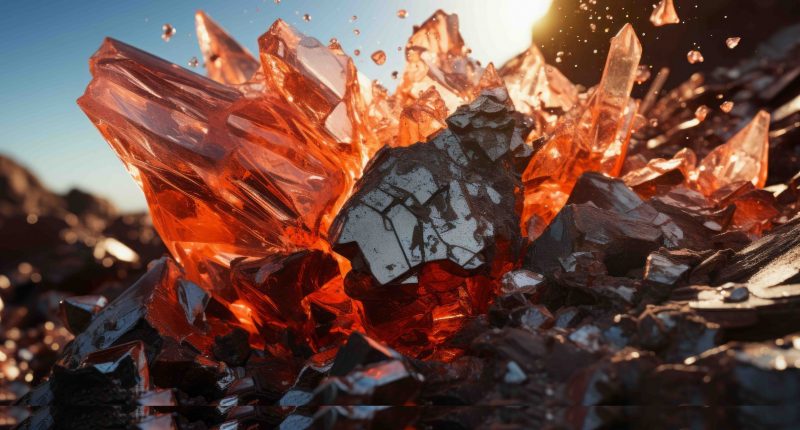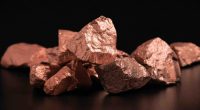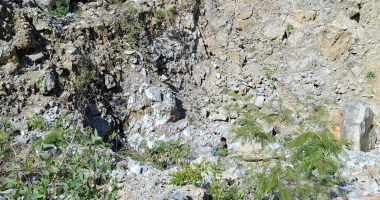Hastings Technology Metals (ASX:HAS) has announced its exploration team’s discovery of dysprosium and terbium – both part of the heavy rare earths (REEs) class – at Centipede Range.
Centipede is located some 30km from the company’s flagship Yangibana project and is now confirmed to boast xenotime – a mineral that hosts key heavy REEs.
Rock chip samples are the name of the game in today’s announcement from Hastings, with 2.08kg/t of dysprosium oxide extrapolated from results and 13.55kg/t yttrium oxide.
Trace amounts of uranium are also present, not unusual for REEs which often coincide with lightly radioactive organic materials.
While rock chips are always higher grade given their nature, and, not outright proof of underground mineral systems; the existence of rock chips is widely seen by exploration teams as evidence that more work should be done in the area.
Extrapolated from rock chip results, Hastings declared on Tuesday that the heavy REEs to total rare earth oxide ratio could be just short of 95% – indicating that the mineralisation is largely heavy REEs.
“The identification of extremely high-grade heavy rare earths mineralisation at Centipede Range highlights the tremendous exploration upside of the Yangibana region,” Hastings’ Chief Geologist Dr. Louis Schurmann said.
“In parallel with our focus on developing the Yangibana Project, we are continuing to build our geological knowledge of the region and believe there is significant potential to expand the range of rare earths minerals found in the area.”
Exploration will commence at Centipede in Q3 of the 2024 calendar year and the company is hopeful that asset will reflect a second source of ore complementary to Yangibana, where a process plant will be built capable of handling both heavy and light rare earths.
Hastings last traded at 27.5cps.








